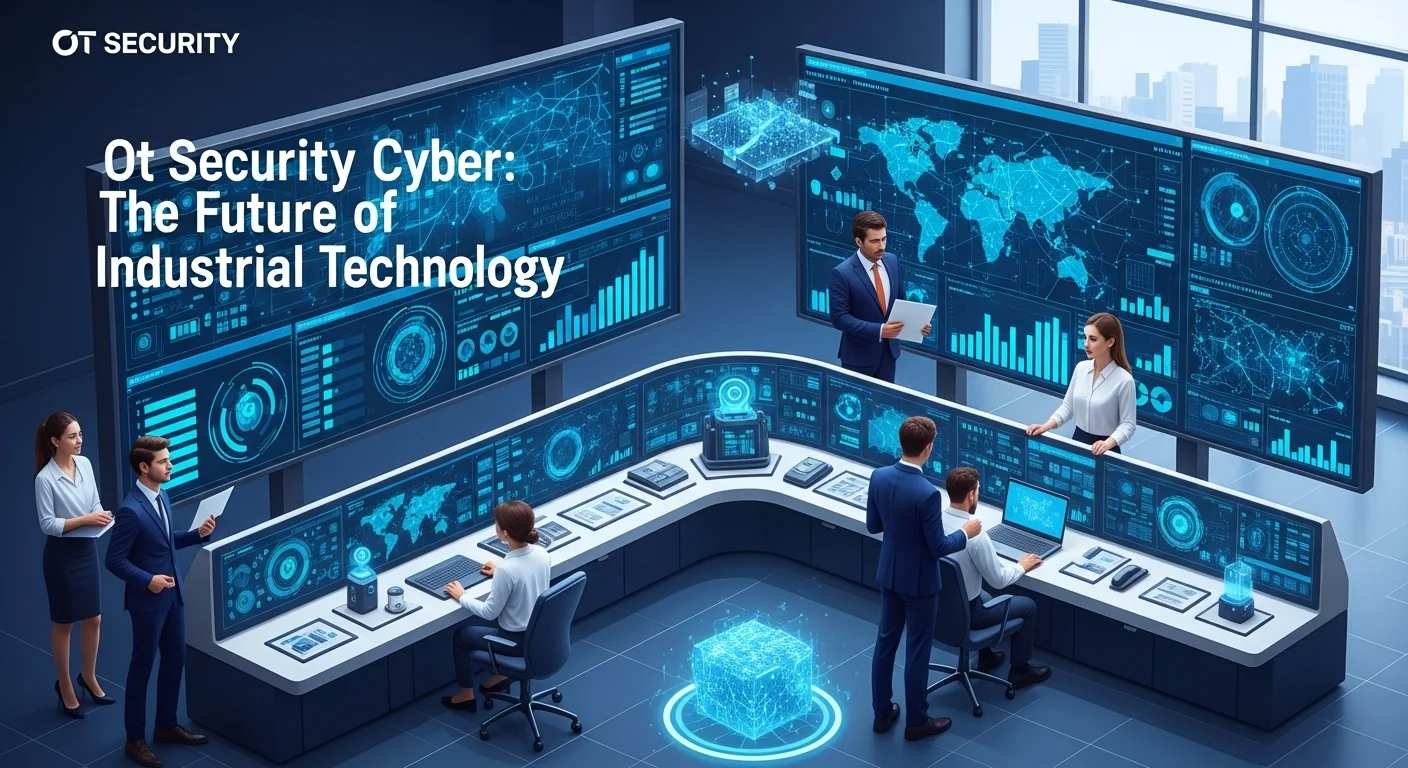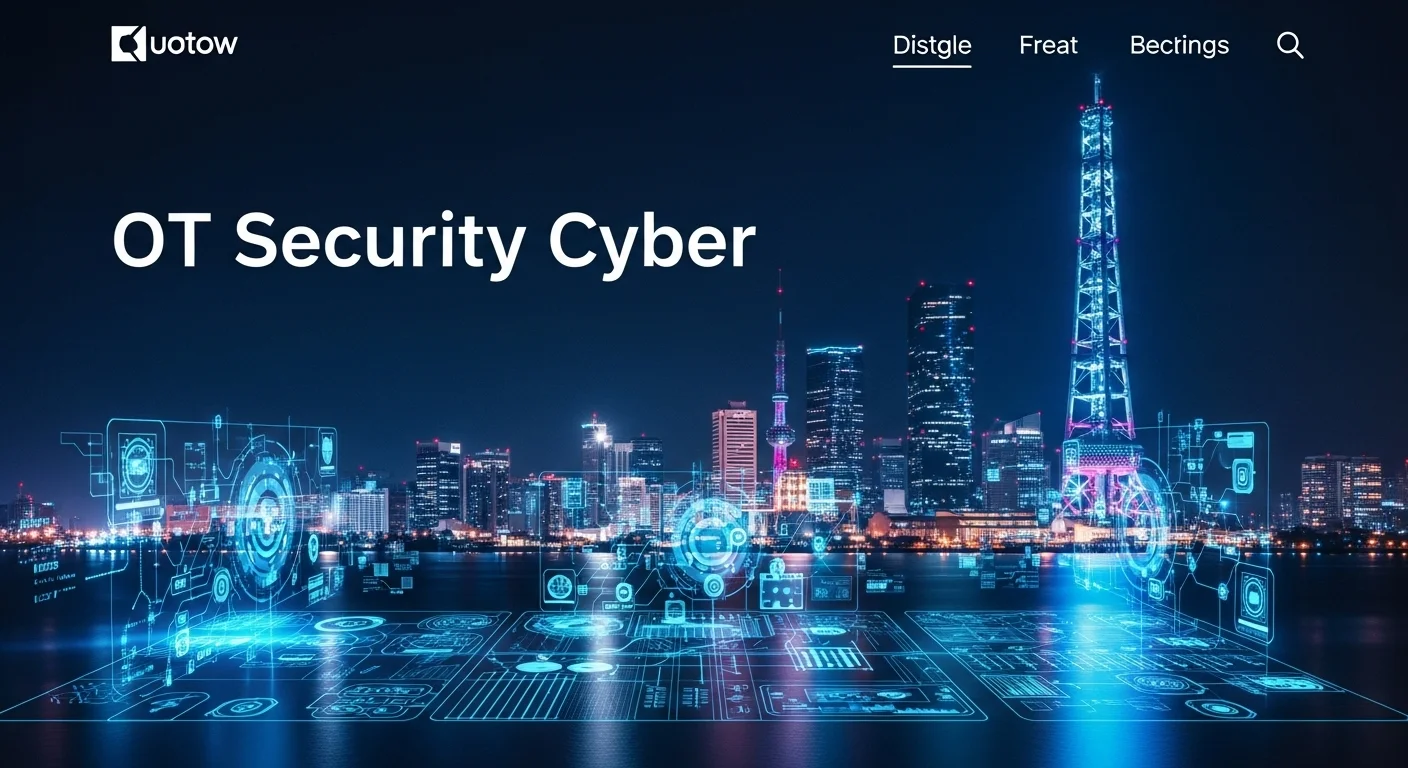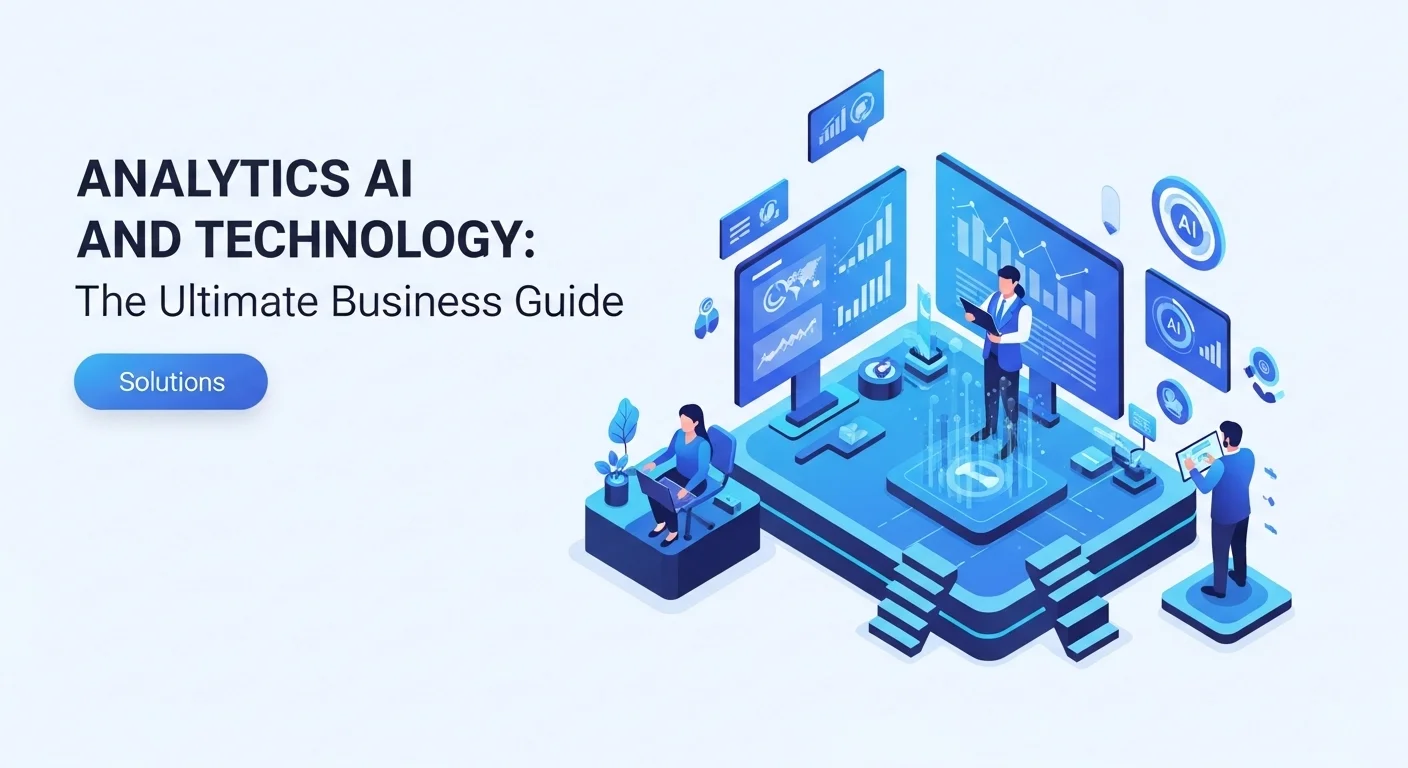What is OT Cybersecurity? A Practical Guide to Protecting Our Industrial World

Executive Summary
In our hyper-connected world, the lines between our digital and physical lives are fading, especially in industry. This guide is your introduction to the vital field of Operational Technology (OT) Cybersecurity. I've spent years working in these environments, and I want to demystify how we protect the essential machinery that powers our lives—from factories to power plants. We’ll explore the unique challenges of OT, which is vastly different from the IT security most of us know. Here, it’s not just about data; it’s about physical safety and keeping the lights on. This article is for anyone who wants to understand why OT security is no longer a niche topic but a fundamental pillar of modern business, safety, and innovation in the era of Industry 4.0.
Table of Contents
Table of Contents
What is OT Cybersecurity and Why Does It Matter?
As we've pushed for more efficiency, we've connected nearly everything, including the massive, complex machinery that was once isolated from the internet. This created a new frontier for cyberattacks, targeting what we call Operational Technology (OT). Simply put, OT Cybersecurity is the art and science of defending the industrial world from digital threats. We're not talking about protecting spreadsheets and emails (that's Information Technology, or IT). We're talking about the hardware and software that physically control things in the real world—the systems that manage our power grids, purify our water, assemble our cars, and run our transportation networks. The stakes here are immense. A successful attack isn't just a data breach; it can cause physical destruction, environmental disasters, and tragically, even loss of life. That's why understanding OT security has become one of the most important conversations in technology today.
The Critical Difference: IT vs. OT Security
For decades, OT systems were protected by being 'air-gapped'—physically disconnected from any other network. I remember walking through plants where the control systems were in a locked room, and that was considered top-tier security. But the need for real-time data and remote access has torn down those walls, creating what we call IT/OT convergence. While this is great for business, it means a hacker who gets into the front office network could potentially pivot to the factory floor. The Colonial Pipeline attack was a brutal wake-up call for everyone; an IT issue forced the shutdown of critical infrastructure, showing the world that you can't just apply IT security rules to an OT environment.
Here’s the fundamental difference I always explain to my clients: IT security prioritizes Confidentiality, Integrity, and Availability (the 'CIA triad'). In the OT world, we flip that model on its head. The top priority is Safety and Availability. Rebooting an office server is an annoyance. Unexpectedly rebooting a controller in a chemical plant could be a catastrophe. Many of these OT systems are decades old, running on software that can't be patched without shutting down a whole production line. You can't just run a standard vulnerability scan on these systems; I've seen it done, and it can crash sensitive equipment. This unique environment requires a completely different mindset, one focused on passive monitoring, strict network segmentation, and building resilience without disrupting the physical process.

A Practical Guide to OT Security Solutions
Building a strong OT security program isn't about buying a single magic box. It's a strategic process that blends smart technology with smart business practices. In my experience, it all begins with one simple rule: you can't protect what you can't see. The very first step is getting a complete inventory of every device in your industrial environment. This is often a huge challenge, as many devices were never designed to be neatly cataloged. This is where specialized, passive tools are worth their weight in gold, as they can listen to the network and identify assets without risking an operational shutdown.
Technical Methods for Real-World Protection
Once you have visibility, network segmentation is your most powerful tool. Think of it like installing fire doors in a building. We use models like the Purdue Architecture to create isolated zones, preventing an intruder from moving freely from the business network into the critical control network. A buffer zone, known as a DMZ, is set up between IT and OT to strictly manage any communication. We can even take it a step further with micro-segmentation to wall off the most critical controllers, ensuring only specific, authorized devices can talk to them. This defense-in-depth approach is the bedrock of good OT security.
Next is controlling who can access what. The 'principle of least privilege' is non-negotiable. For the increasing need for remote access, old-school VPNs that grant broad access are a huge risk. Instead, modern approaches like Zero Trust Network Access (ZTNA) are essential. ZTNA works on a 'never trust, always verify' basis, demanding strict proof of identity for every single access request. Pairing this with multi-factor authentication (MFA) adds a crucial layer of security, especially for remote engineers.
Finally, you need to be watching and listening at all times. Since active scanning is too risky, we rely on passive Intrusion Detection Systems (IDS) designed specifically for industrial languages like Modbus or DNP3. These systems watch the traffic for any strange behavior or known attack patterns. And when something does happen, you need a well-rehearsed Incident Response plan tailored for OT. The priority isn't just fixing the breach; it's safely isolating or shutting down physical processes to prevent harm and get back online as quickly as possible.
Strategic Frameworks That Actually Work
On the business side, you don't have to reinvent the wheel. There are excellent frameworks that act as your roadmap. The ISA/IEC 62443 series is the gold standard, designed from the ground up for industrial systems. It gives everyone—plant owners, integrators, and vendors—a common language and set of rules for managing security throughout a system's life. The NIST Cybersecurity Framework (CSF) is another fantastic resource. I often use it with clients to create a high-level governance structure with its five simple functions: Identify, Protect, Detect, Respond, Recover. It helps bridge the gap between the technical teams and the boardroom.
The biggest challenge is often cultural. IT and OT teams have historically lived in different worlds. Success depends on breaking down these silos. I’ve seen the best results when a cross-functional committee is formed, with people from IT, OT, engineering, and management all at the same table. They work together on a unified policy and make sure security aligns with business goals. Regular training is just as important. When an OT engineer understands basic cyber threats and an IT analyst understands the operational impact of their actions, you create a powerful, unified defense. It’s about making security a shared responsibility, not just an IT problem.

Advanced Tips to Future-Proof Your Operations
Once you have the fundamentals in place, you can move toward a truly mature and proactive OT security posture. This is about more than just defense; it's about building an environment that is resilient by design. Here are a few strategies I’ve implemented with clients to take their security to the next level.
Stop Playing Defense: Start Thinking Like an Attacker
Compliance with standards is the floor, not the ceiling. To build a truly robust defense, you need to be threat-informed. Use frameworks like the MITRE ATT&CK for ICS as your playbook. It details the real-world tactics attackers use against industrial systems. I run regular tabletop exercises with clients where we simulate these attacks. Getting the blue team (defenders) and a red team (ethical hackers) in a room together is invaluable for finding blind spots you never knew you had.
This is also where Artificial Intelligence (AI) and Machine Learning (ML) are becoming game-changers. Think of it as hiring a security guard who has a perfect memory of every sound and movement in your factory. AI-driven platforms learn the normal rhythm of your operations. The moment something deviates from that baseline, it raises an alarm, often catching brand-new attacks that traditional tools would miss. It helps my teams cut through the noise of thousands of alerts to focus on the one or two that truly matter.
Build a Bridge: Deepen IT-OT Collaboration
The biggest roadblock I see isn't technology; it's people. The historic divide between the carpeted world of IT and the concrete floor of OT must be erased. The most effective way to do this is through a formal, shared governance model, like a Cybersecurity Steering Committee with executive backing. But it's also about building personal relationships. I insist on cross-training programs. Send your IT security folks to the plant floor with a hard hat. Have your OT engineers sit in on cybersecurity threat briefings. When each side understands the other's pressures and priorities, you build the trust needed to work together seamlessly during a crisis. This transforms OT security from a project into a core part of the company culture.
Secure the Full Lifecycle: From Purchase to Patching
Your security responsibilities start long before a device is even plugged in. They start in the supply chain. When you buy new equipment, make cybersecurity a non-negotiable part of the contract. Ask vendors for a Software Bill of Materials (SBOM), which is like a list of ingredients for their software. It tells you exactly what third-party components are inside, which is critical for managing vulnerabilities over a device's 20-year lifespan.
Patching in OT is tough, but 'we can't patch' is no longer an acceptable answer. The key is a risk-based approach. Prioritize patches for critical or internet-exposed systems. For everything else, use compensating controls. If you can't patch a machine, isolate it on the network and use tools like virtual patching to shield it from known exploits until you have a safe maintenance window. For ongoing guidance, make the CISA Industrial Control Systems page a regular read; their advisories on specific product vulnerabilities are invaluable. A strong OT security program thinks about the entire journey of a device, from procurement to retirement, ensuring security is a constant process, not a one-time event.
Expert Reviews & Testimonials
Sarah Johnson, Plant Manager ⭐⭐⭐⭐
The information about OT security was eye-opening. As a plant manager, I appreciated the simple language that made sense for a business leader, not just a tech expert. I'd love a follow-up with a downloadable checklist!
Mike Chen, IT Consultant ⭐⭐⭐⭐⭐
Finally, an OT security article that cuts through the jargon. As an IT consultant branching into industrial clients, the explanation of the Purdue Model and the IT vs. OT priorities was incredibly clear. The personal stories really helped.
Emma Davis, Cybersecurity Engineer ⭐⭐⭐⭐⭐
This is one of the best overviews of OT cybersecurity I've read. The breakdown of frameworks like ISA/IEC 62443 and the practical advice on threat-informed defense are spot-on. A must-read for anyone in this field.



